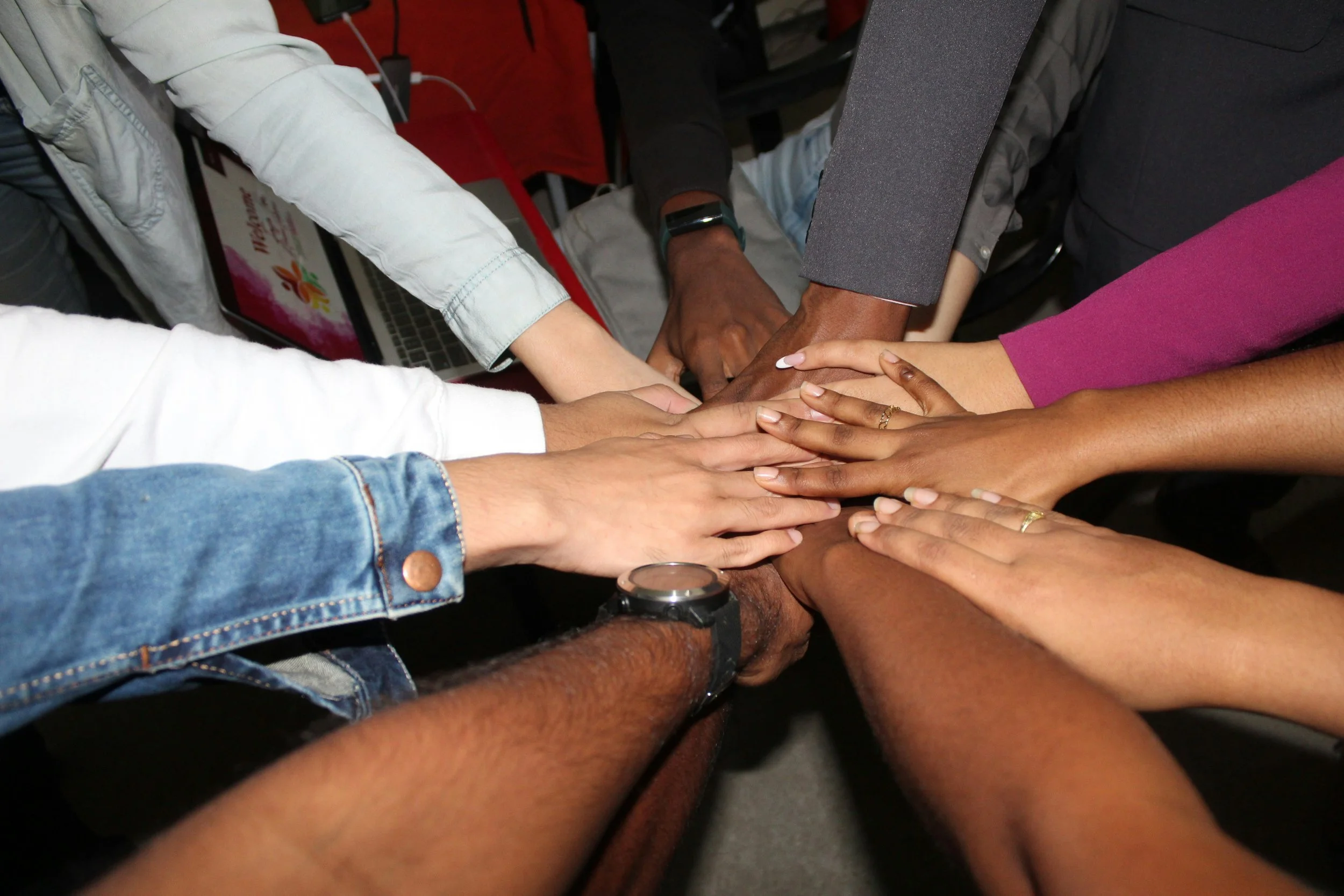INsight/ Functioning and Being
/Chiangmai, 8 December 2025 — How to act from an expanded self-awareness at work?
Story
This weekend, a senior manager told me about a moment that surprised her. She was in the middle of a fast-moving meeting, juggling timelines and tensions, when she noticed something subtle: even as she spoke, a quieter part of her was simply there—present, spacious, aware.
“It felt like I was both doing the work and watching from a deeper place,” she said. “And strangely, I became more effective.”
Her experience reminds me of the writings of A.H. Almaas: that our capacity to function in the world becomes more fluid, intelligent, and congruent when we’re also in touch with our Being, the felt sense of authentic presence at the core of who we are. That resonates with Lisa Miller’s work in The Awakened Brain.
Challenge
Most professionals are rewarded for functioning—solving problems, responding fast, producing results. But functioning without Being often becomes mechanical: we react, defend, push, or overextend.
Our awareness narrows, and we lose contact with the deeper intelligence that could guide us. The real challenge is not slowing down or withdrawing—it’s expanding our self-awareness while we work.
This means including not only tasks and goals but also the felt sense of ourselves: breath, body, emotions, inner space. Presence makes our functioning clearer, less effortful, and more aligned with who we truly are.
Question
Here’s my question for you this week:
How can you act from an expanded self-awareness at work?
That’s what we explore in the Grow3Leaders community of practice. To grow your collaborative leadership at work, you are welcome to come and join us at https://grow3leaders.mn.co.















